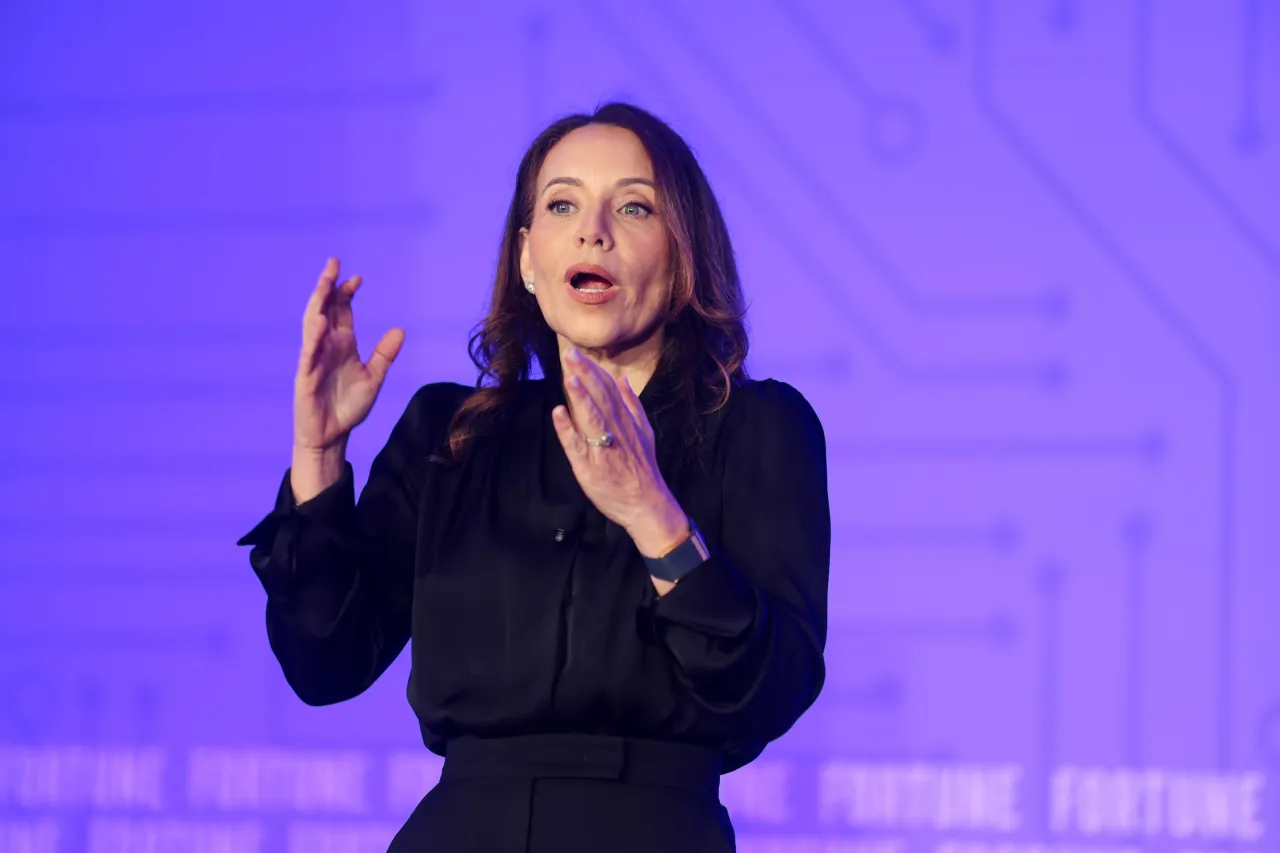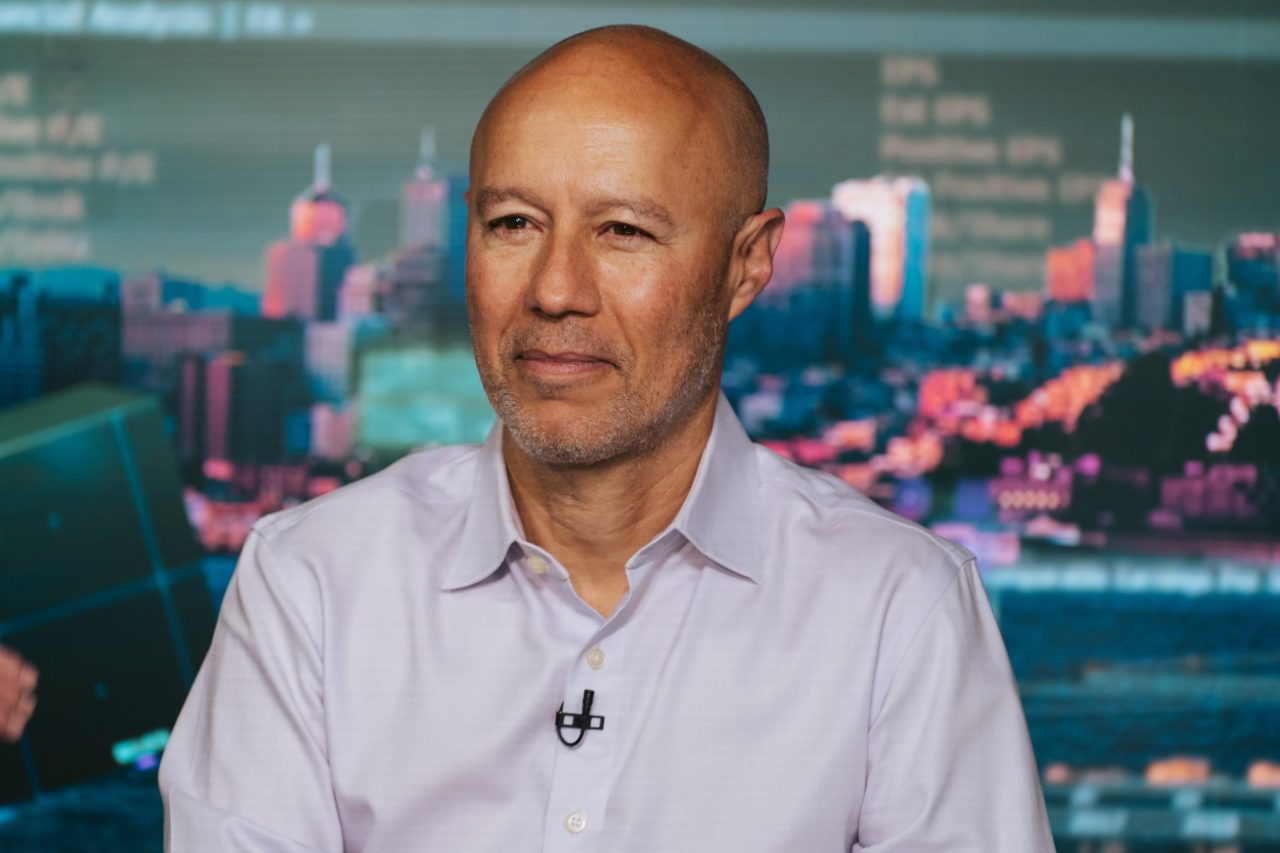Explore why nearly 70% of CHROs leave after a new CEO is appointed. Understand the dynamics between executive leadership and HR strategy in modern organizations.
Introduction
In the fast-evolving landscape of corporate leadership, a change at the top often triggers ripple effects throughout the C-suite. One of the most noticeable impacts? The quiet but consistent exit of Chief Human Resources Officers (CHROs). Studies reveal that nearly 70% of CHROs depart following a CEO transition, highlighting a concerning pattern in leadership dynamics.
But why does this happen so frequently? Is it a matter of misalignment, strategy shifts, or something deeper within organizational culture? This article explores the “CEO trap” and why the role of the CHRO is more vulnerable than ever during executive transitions.
The CHRO Role: Strategic, Yet Often Underestimated
CHROs today are not just administrative leaders—they are strategic architects of culture, talent, and transformation. From navigating hybrid work models to spearheading DEI initiatives and workforce planning, CHROs have become crucial players in shaping organizational success.
Yet, when a new CEO steps in, this vital role often becomes expendable. Why?
Why 70% of CHROs Leave After a CEO Change
1. Strategic Misalignment
Every CEO brings a unique vision, leadership style, and set of priorities. Often, these don’t align with the existing CHRO’s approach to people strategy, organizational design, or HR philosophy. Misalignment becomes inevitable, and a change in personnel follows.
2. Cultural Incompatibility
CEOs frequently aim to instill their own cultural blueprint. If a CHRO is seen as the custodian of the “old culture,” they may be perceived as an obstacle, not an asset.
3. Loss of Trust and Influence
CHROs often build close working relationships with the outgoing CEO, which can unintentionally cast them as loyalists to the previous regime. This creates a trust deficit with the incoming CEO, even if unintentional.
4. Desire to Build a New Leadership Team
New CEOs typically bring in their own trusted leaders. The CHRO, being a central figure in talent management and executive hiring, is frequently replaced by someone the new CEO believes can execute their vision with alignment and loyalty.
5. Underestimated Strategic Role of CHROs
Despite their importance, CHROs are still battling to be seen as true strategic partners in many organizations. When new leadership undervalues HR as a transformation driver, CHROs are either pushed out—or walk out.
The Hidden Costs of CHRO Turnover
When a CHRO exits, organizations face more than a hiring challenge. The real costs include:
- Disrupted Talent Strategy: HR continuity is vital for maintaining progress in DEI, performance management, and employee experience.
- Loss of Institutional Knowledge: A long-serving CHRO holds deep insights into company culture, talent pipelines, and internal politics.
- Delayed Change Management: Replacing a CHRO delays strategic workforce initiatives during critical transformation phases.
How CEOs Can Avoid the Trap
1. Prioritize Cultural Due Diligence
Before making leadership changes, CEOs should evaluate the existing culture and HR initiatives. A smart CEO asks, “How can this CHRO help me enhance and evolve what’s working?”
2. Rebuild Trust and Shared Purpose
New CEOs must establish open, transparent dialogue with CHROs from day one. Aligning on shared goals fosters trust and opens the door to effective collaboration.
3. Recognize the Strategic Power of HR
Modern CHROs drive employee experience, talent development, and organizational agility—areas crucial to a CEO’s success. Recognizing their value is a smart leadership move.
4. Avoid Knee-Jerk Executive Reshuffles
Replacing executives purely based on new leadership preference—without evaluating performance and potential—leads to talent loss and organizational disruption.
What CHROs Can Do to Stay Relevant During Leadership Shifts
- Stay Agile: Be ready to adapt your HR strategy to support the new CEO’s vision while advocating for people-first practices.
- Build Broad Alliances: Cultivate relationships across the C-suite, not just with the CEO. This ensures you’re seen as a cross-functional leader.
- Demonstrate Strategic Impact: Use data and storytelling to showcase how HR has directly contributed to business outcomes.
- Lead Culture Conversations: Be proactive in shaping the new organizational culture rather than being a passive participant.
Real-World Example
When Microsoft underwent a leadership transition from Steve Ballmer to Satya Nadella, HR leadership played a critical role in reshaping Microsoft’s culture. By working in alignment with Nadella’s vision for empathy and learning, the HR team became instrumental in the company’s transformation—proving that CHROs can thrive during leadership change if alignment and trust are established early.
Conclusion
The CEO trap, which sees 70% of CHROs leave after a top leadership change, reflects a larger issue within corporate governance and executive transitions. But this doesn’t have to be the norm.
By valuing the CHRO as a strategic partner, fostering early alignment, and resisting the urge to make automatic executive changes, CEOs can retain crucial HR leadership that drives transformation. And for CHROs, staying resilient, agile, and strategically visible can turn a moment of uncertainty into one of career-defining opportunity.
In an era where talent and culture are competitive advantages, the CEO-CHRO relationship can make—or break—organizational success.




